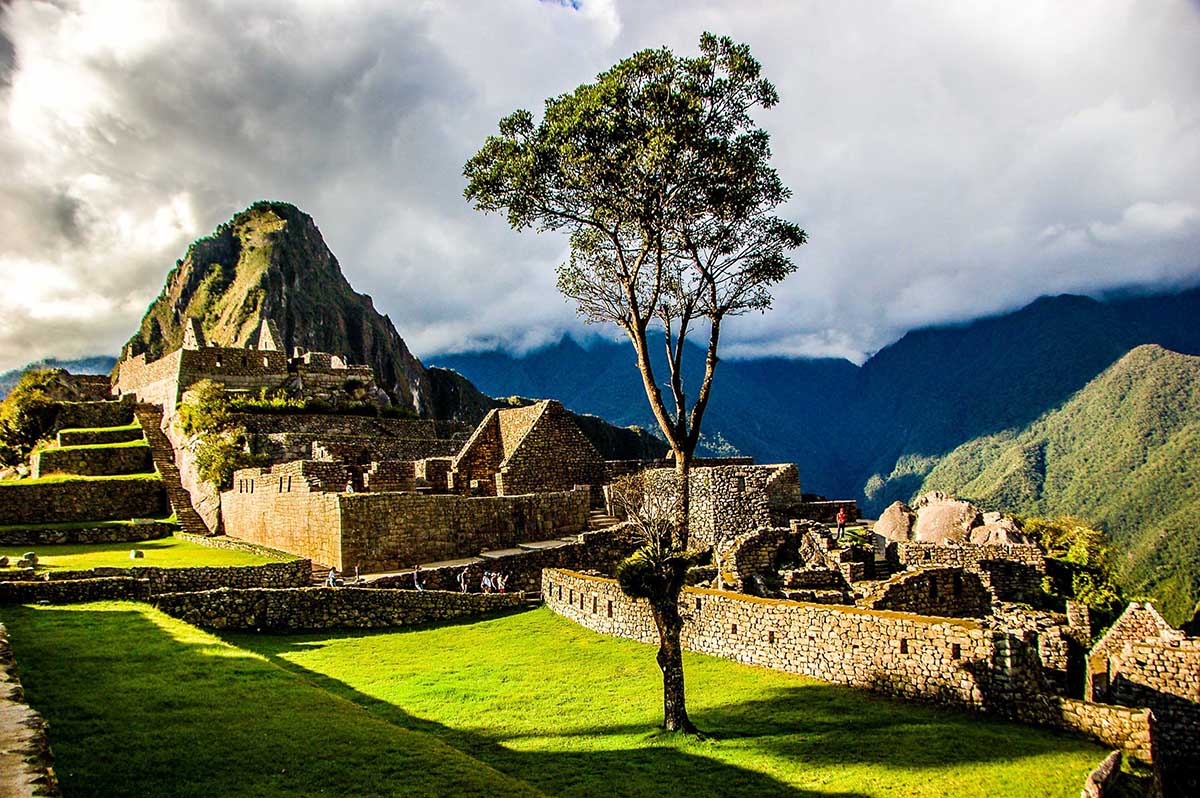So you have already decided to fulfill one of your dreams: to take this mythical trip across the Inca Trail to the citadel of Machu Picchu.
We want to participate in your plans by giving you 5 tips before you set out on the Inca Trail, taking into account that it must be a vital experience in which you will never forget all the good things you will experience. That is why we will give you these simple and practical tips so that nothing can spoil it.
1) Book 4 to 3 Months in Advance
So as soon as the decision is made, do not forget to do the booking of flights, accommodation and the trail. This route attracts thousands of people from all over the globe so that there is usually a lot of demand for the majority of the year.
2) Acclimatization
For several days, you will be thousands of metres above sea level. It means your body needs to acclimatize slowly to avoid the annoying altitude sickness. It is advisable to stay in the city of Cusco for at least 2 days prior to the trek starts to acclimate well. You should know that the date of the Inca Trail cannot be changed and there is not a refund in case of absence so it is essential to take precautions to not miss out on the opportunity to hike it.
3) Appropriate Clothing and Footwear
The weather of the Andean zone tends to change suddenly. Although the sun can beat down, once it hides behind a cloud, the temperature drops quickly. For that reason, it is important to wear a coat/jacket at night as the cold can be harmful.
Special trekking footwear is a must for the trail. Pay attention it covers your ankles to provide you better stability. That is important since the footwear must endure 8 hours of walking per day and the terrain is often difficult and slippery.
4) Hiking Poles
A couple of poles will help you a lot during the whole trip. If you have no practice with them, you will soon learn how to use them. They will help you move more safely and comfortably by lightening part of the weight and giving you extra stability. You can also buy them in Ollantaytambo.
5) Essential Accessories
It is not quite advisable to consume the water of the springs along the Inca Trail. Bring your own thermos or a water bottle filled with mineral water. You can buy it in the towns that we are going to cross too. Make sure to bring insect repellent, flashlight, sunscreen and batteries for your personal gadgets. And for the sake of doubt, take a look at the necessary international vaccines.

Other Hiking Tours to Machu Picchu
There are many routes that take you to Machu Picchu, but none is like the Inca Trail, the most famous pedestrian route in the Americas! After flying from the capital of Peru, Lima, you arrive in Cusco to walk for four days on an ancient path that takes you through forests and thick fog, millennial stone steps while discovering the ruins of Inca fortifications and cities enjoying majestic views all the time
- Salkantay Trek to Machu Picchu, 5 days
- Hiking the Inca Trail, 5 days
- Inca Quarry Trail to Machu Picchu, 4 days
- Short Inca Trail to Machu Picchu, 2 days
- Inca Trail Hike with Camping, 2 days
- Inca Trail to Machu Picchu Challenge, 3 days
- Vilcabamba to Machu Picchu, 6 days
- Choquequirao to Machu Picchu Trek, 9 days
- Ausangate Peru Hike, 7 days
If you like to visit Machu Picchu, we advise you to book your Machu Picchu ticket in advance, so that you will enjoy your Vacation in Machu Picchu without any problem!
When Is the Best Time to Hike to Machu Picchu?
The best season is during the dry season, which covers the months from April to the end of September. In October, rains begin to occur, moreover, Machu Picchu is often covered by clouds. If you travel in June, we recommend you booking the Inti Raymi 2025, which takes place on 24 June, and hiking on the Palcoyo Mountain Tour, leading to the incredible Rainbow Mountain located in the Andes.






